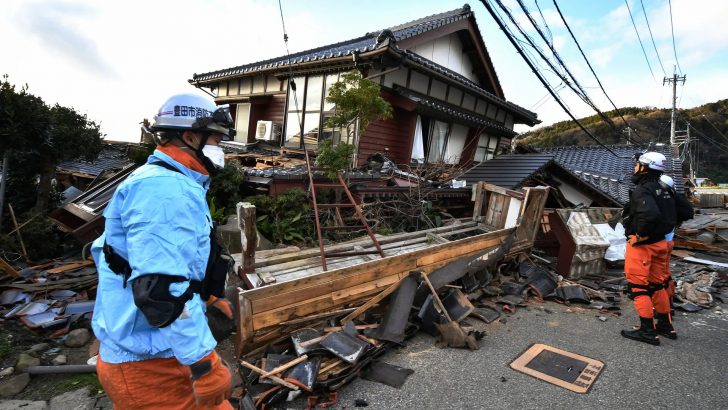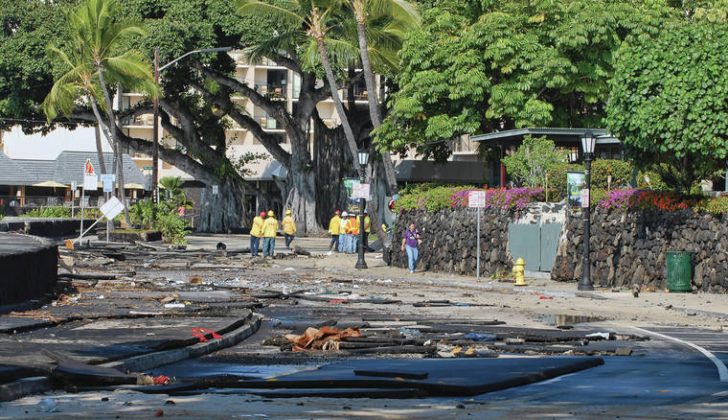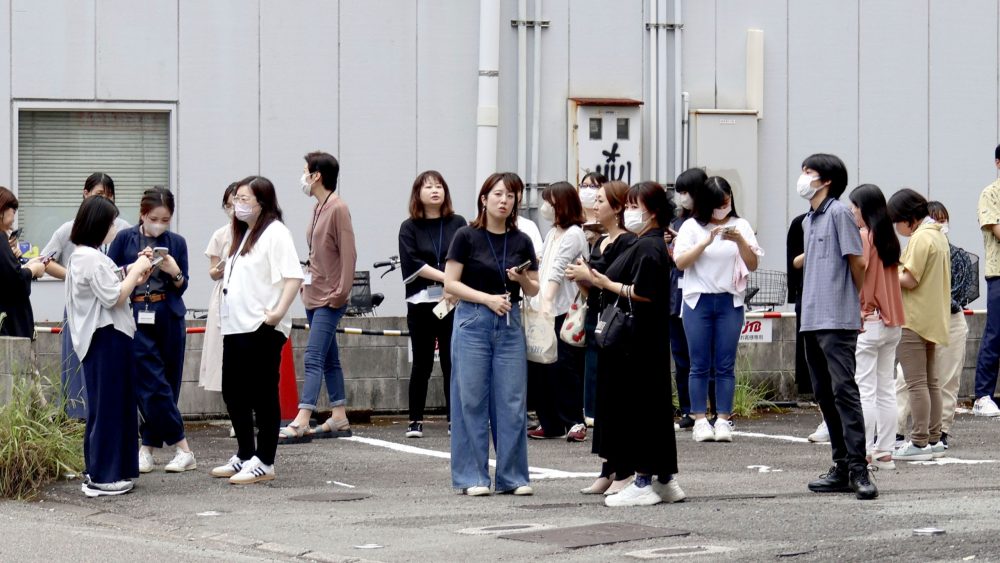On Thursday, August 8, 2024, a massive 7.1 magnitude earthquake struck Southern Japan, causing significant concern for coastal regions across the Pacific. However, officials have confirmed that there is no Hawaii tsunami threat following the quake.
This earthquake - centered in the waters off the eastern coast of Japan’s southern main island of Kyushu - had a depth of about 30 kilometers (18.6 miles). Despite the power of the quake, Hawaii remains safe from any tsunami impacts.
The earthquake's impact was most strongly felt in Nichinan city and nearby areas in Miyazaki prefecture on Kyushu island. The shaking was intense, and residents were understandably alarmed.

The News / In Japan’s southern main island of Kyushu, 9 people were injured following the powerful earthquake jolts, officials say.
Yet, despite the quake's magnitude, the damage reported was minimal, and there were no fatalities. The tsunami waves detected were relatively small, measuring up to 50 centimeters (1.6 feet) along parts of Kyushu’s southern coast and the nearby island of Shikoku.
These waves arrived approximately half an hour after the earthquake struck but posed no significant threat.
The Aftermath of the Powerful Quake in Southern Japan
Local officials reported that nine people were injured on Japan’s southern main island of Kyushu. Fortunately, these injuries were mostly minor, and there were no reports of severe damage. This is a relief, considering the potential for devastation that earthquakes of this magnitude can cause.
The Pacific Tsunami Warning Center quickly assessed the situation and confirmed that there was no Hawaii tsunami threat, providing reassurance to the islands' residents and tourists.
However, it is worth noting that this earthquake comes shortly after another significant seismic event in the region. On Saturday, August 2, 2024, a 6.8 magnitude earthquake struck off the coast of the southern Philippines. Similar to the recent quake in Japan, no Hawaii tsunami warning was issued after this event either.
This pattern of seismic activity highlights the region's vulnerability but also underscores the effectiveness of monitoring and early warning systems in place to protect populations from potential tsunami threats.
The situation in Japan, while concerning, serves as a reminder of the natural forces that constantly shape our world. Despite the considerable size of the earthquake, Japan’s preparedness and the geographical factors at play meant that the impact was less severe than it could have been.

Marca / Hawaii, often on alert due to its position in the Pacific, can rest easy knowing that this time, the islands were not in harm's way - as noted by the Pacific Tsunami Warning Center.
The swift communication from the Pacific Tsunami Warning Center played a crucial role in maintaining calm and ensuring that accurate information was disseminated quickly.
No Hawaii Tsunami Alert Following the Philippines and Japan Quakes!
Hawaii’s vigilance in the face of potential tsunami threats is well-founded. The islands' history with tsunamis has taught the importance of being prepared. While the “Hawaii tsunami” keyword often brings with it a sense of dread, it i’s essential to acknowledge the advancements in technology and communication that help prevent disaster.
In this case, the no Hawaii tsunami threat declaration was a testament to the systems that protect lives and property.
So, the 7.1 magnitude earthquake in Southern Japan was a powerful reminder of the earth’s unpredictable nature. However, thanks to modern monitoring systems and quick action by the authorities, there was no Hawaii tsunami threat to worry about. This event, while significant, caused minimal damage and injuries, and the people of Hawaii were reassured by the clear and timely communication from the Pacific Tsunami Warning Center.
As always, it is a good practice for everyone in tsunami-prone areas to stay informed and prepared, even when the news is as reassuring as this.

